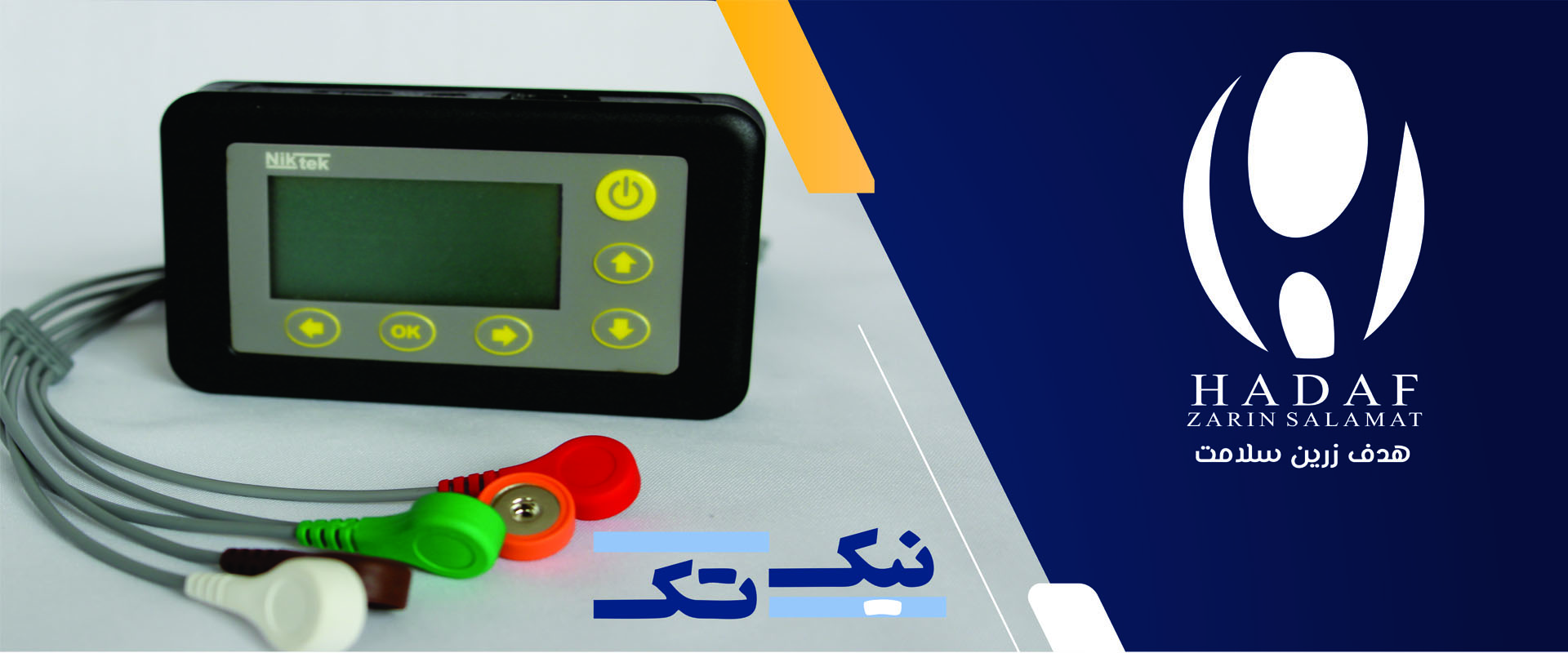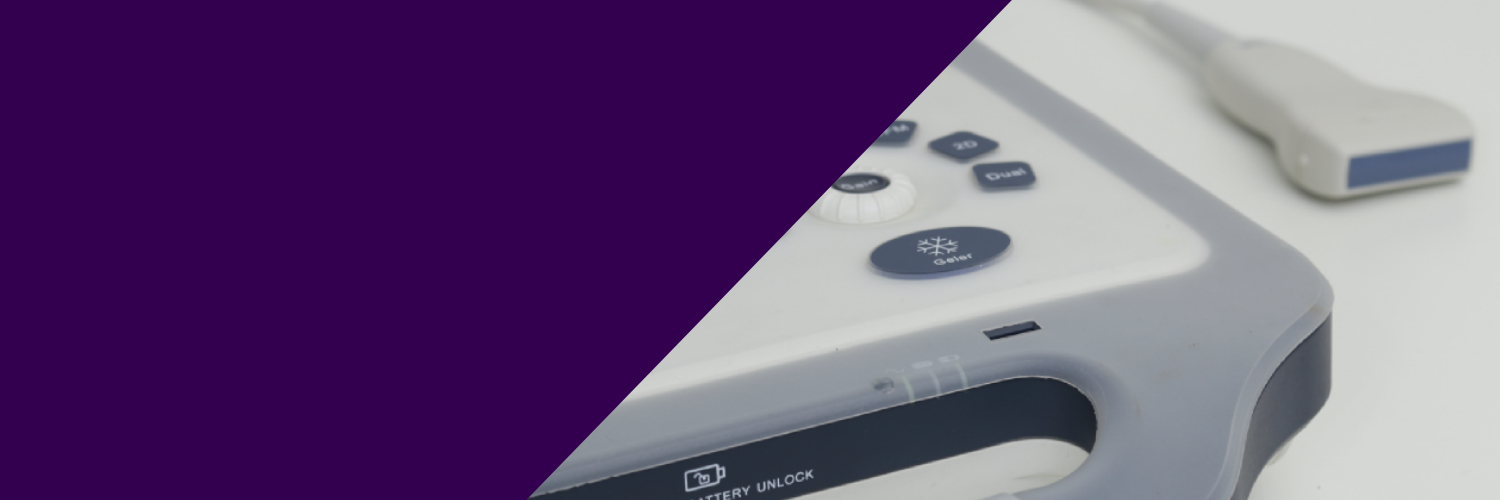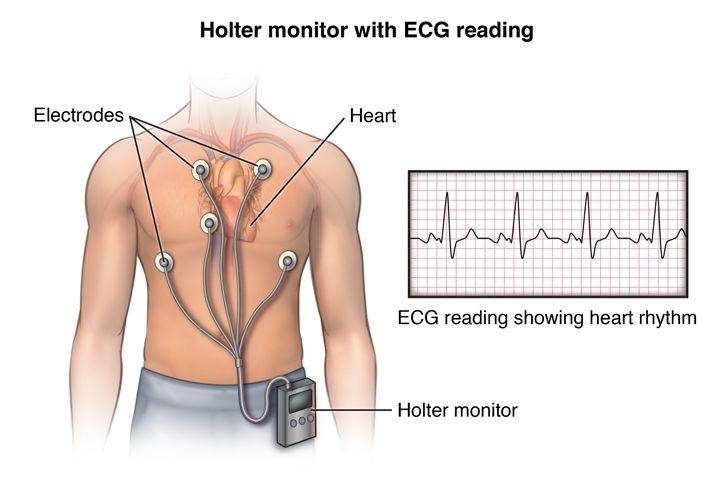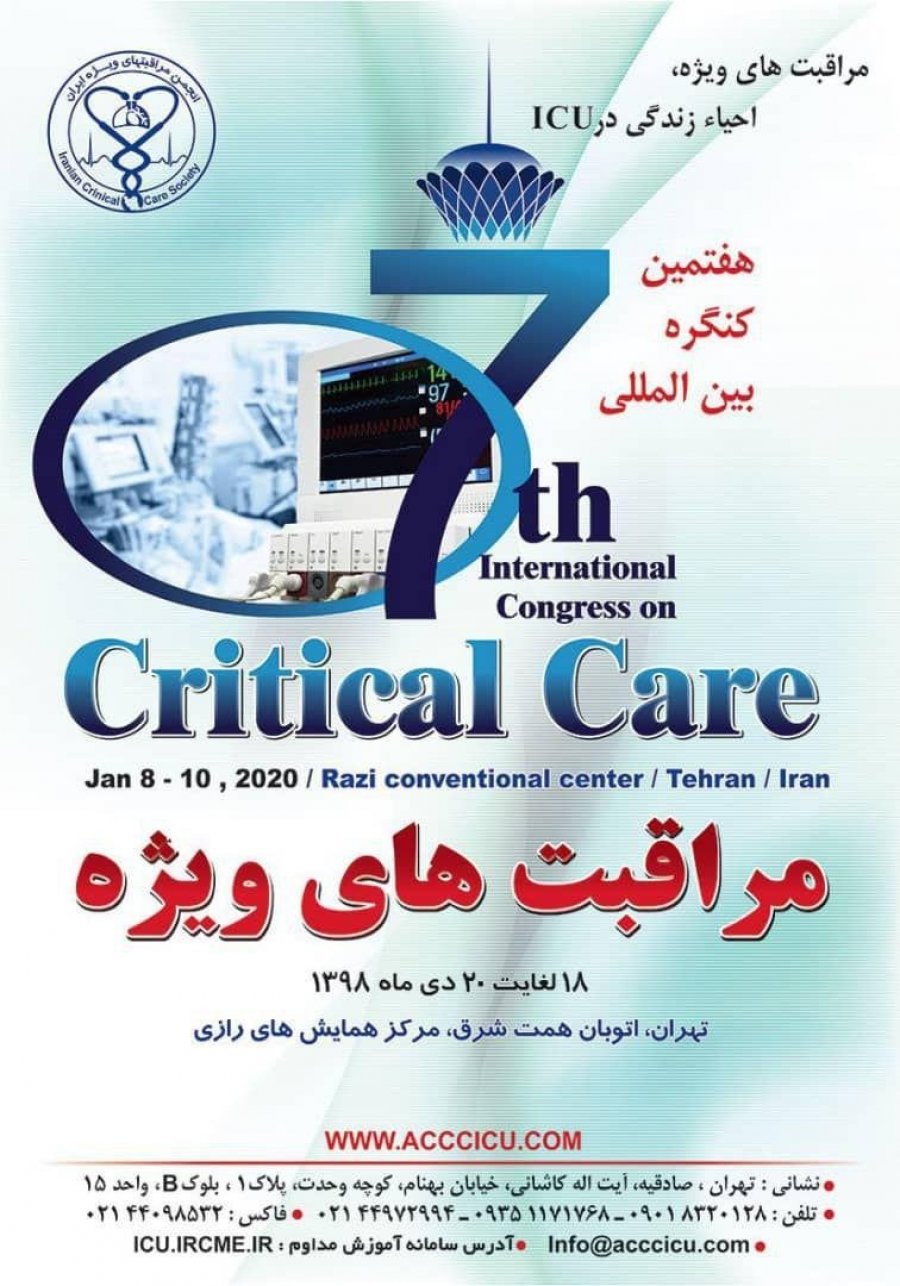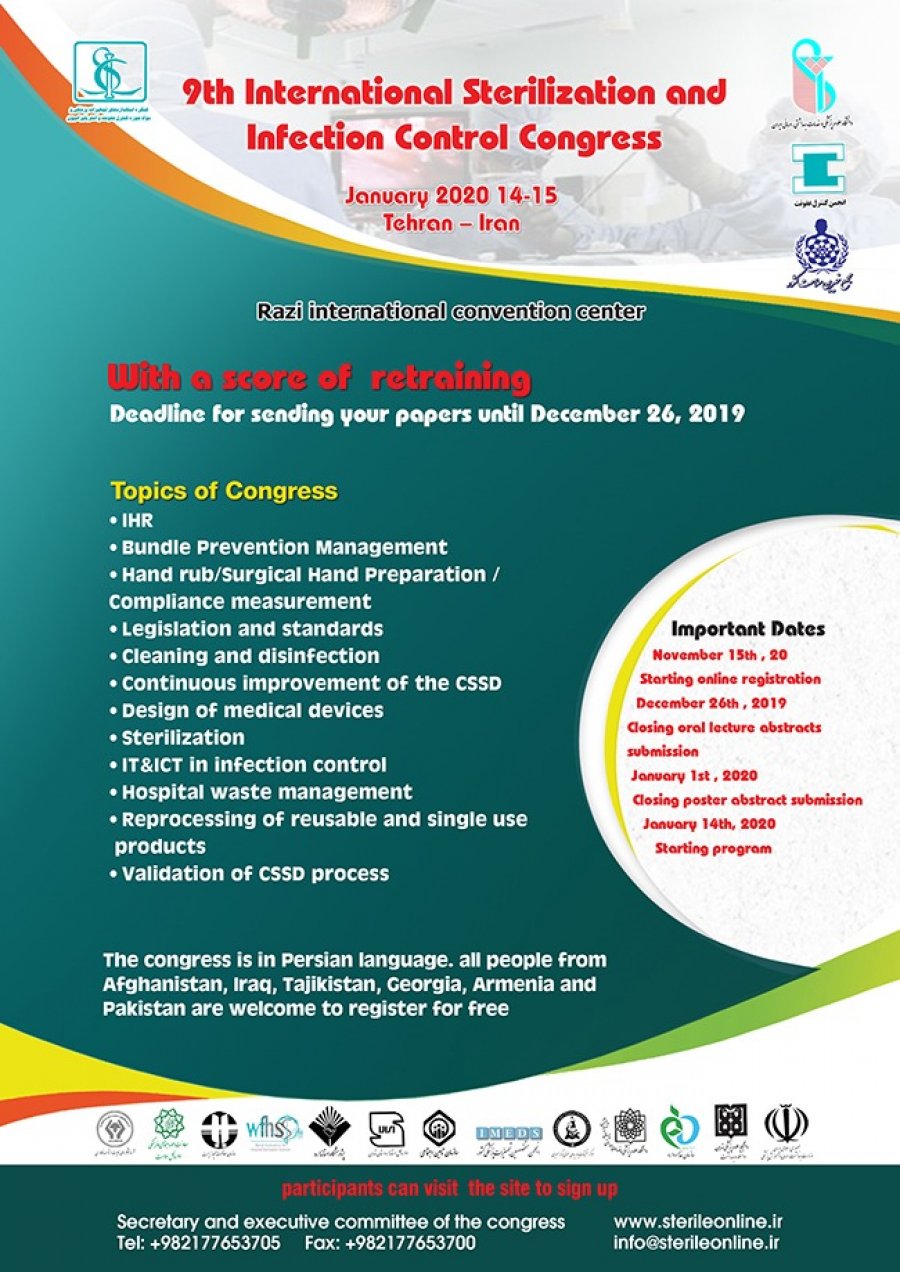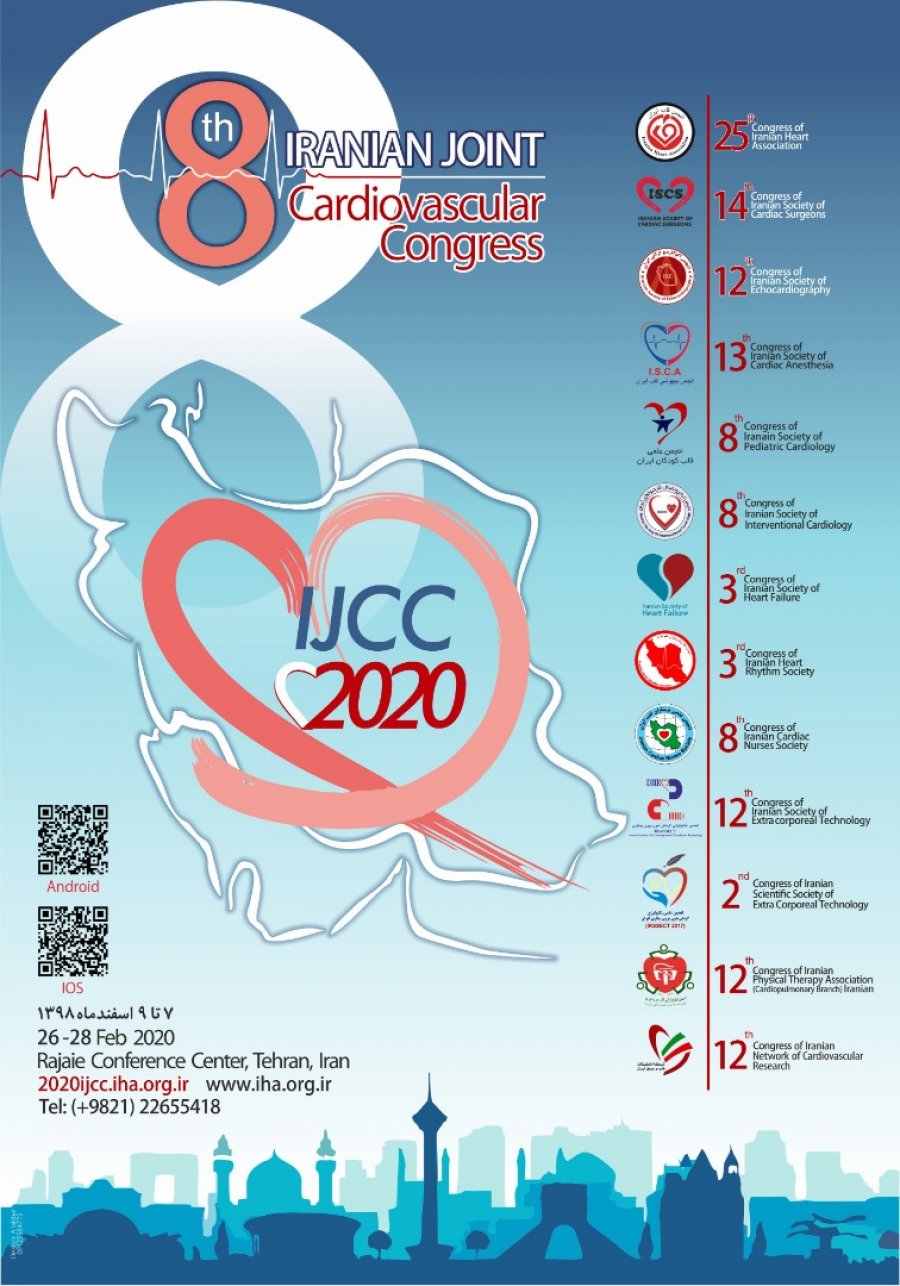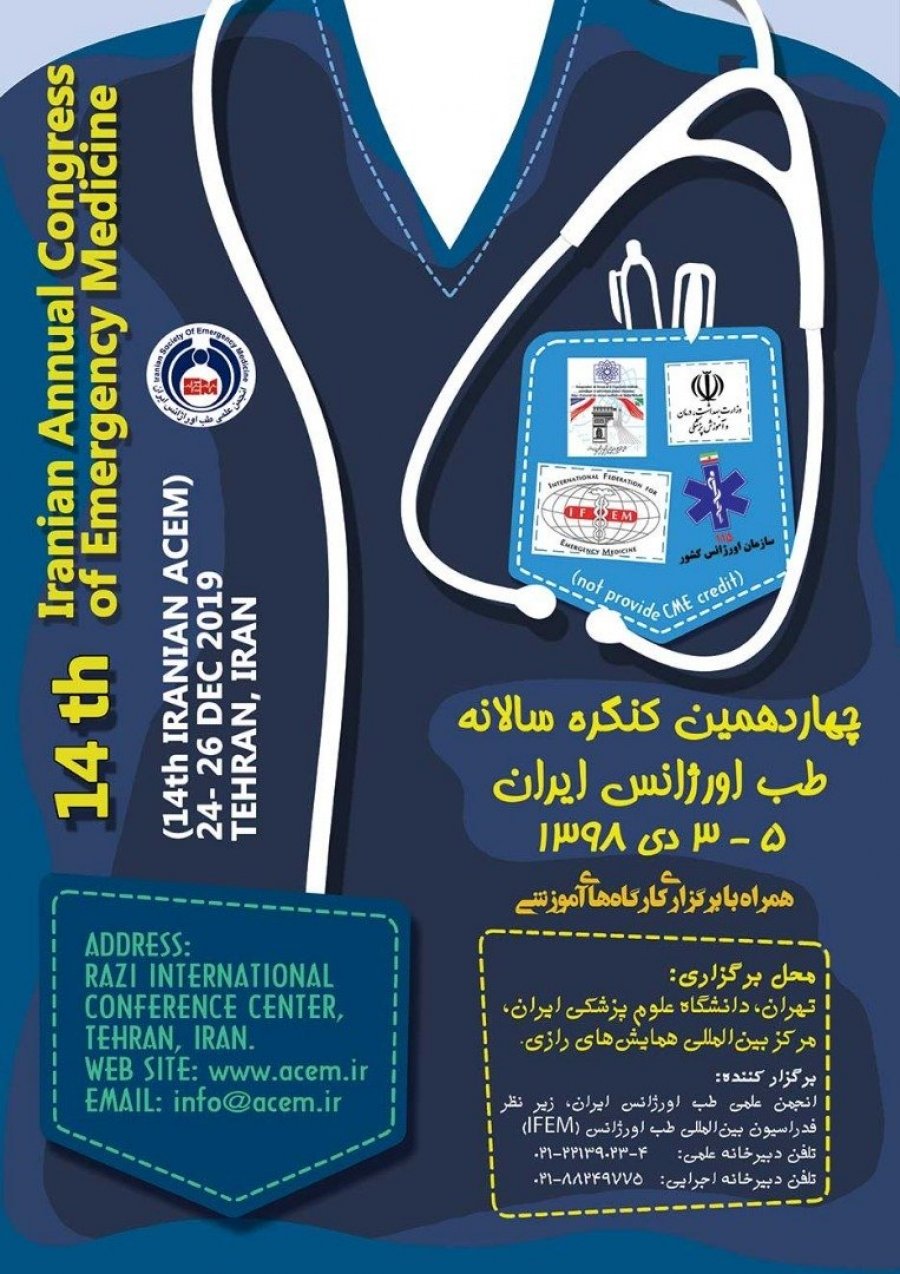Author: joomir
Chelsi


What is coronavirus and what should I do if I have symptoms?
Coronavirus
Coronaviruses (CoV) are a large family of viruses that cause illness ranging from the common cold to more severe diseases such as Middle East Respiratory Syndrome (MERS-CoV) and Severe Acute Respiratory Syndrome (SARS-CoV). A novel coronavirus (nCoV) is a new strain that has not been previously identified in humans.
Coronaviruses are zoonotic, meaning they are transmitted between animals and people. Detailed investigations found that SARS-CoV was transmitted from civet cats to humans and MERS-CoV from dromedary camels to humans. Several known coronaviruses are circulating in animals that have not yet infected humans.

What are the symptoms this coronavirus causes?
Common signs of infection include respiratory symptoms, fever, cough, shortness of breath and breathing difficulties. In more severe cases, infection can cause pneumonia, severe acute respiratory syndrome, kidney failure and even death.
Standard recommendations to prevent infection spread include regular hand washing, covering mouth and nose when coughing and sneezing, thoroughly cooking meat and eggs. Avoid close contact with anyone showing symptoms of respiratory illness such as coughing and sneezing.
Should I go to the doctor if I have a cough?
In the UK, the medical advice is that if you have recently travelled from areas affected by coronavirus, you should:
stay indoors and avoid contact with other people as you would with the flu
More NHS advice on what to do if you think you have been exposed to the virus can be found here, and the full travel advice to UK nationals is available here.
Is the virus being transmitted from one person to another?
China’s national health commission has confirmed human-to-human transmission, and there have been such transmissions elsewhere.
How many people have been affected?
As of 25 February, the outbreak has affected 80,000 people globally. In mainland China there have been 2,663 deaths among 77,658 cases, mostly in the central province of Hubei. More than 12,000 people affected in China have already recovered.
The coronavirus has spread to at least other 30 other countries. The most badly affected include Japan, with 850 cases, including 691 from a cruise ship docked in Yokohama, and four deaths. Italy has recorded 229 cases and seven deaths, while South Korea has recorded 893 cases and eight deaths. There have also been deaths in Hong Kong, Taiwan, France, Iran and the Philippines.
Why is this worse than normal influenza, and how worried are the experts?
We don’t yet know how dangerous the new coronavirus is, and we won’t know until more data comes in. The mortality rate is around 2% in the epicentre of the outbreak, Hubei province, and less than that elsewhere. For comparison, seasonal flu typically has a mortality rate below 1% and is thought to cause about 400,000 deaths each year globally. Sars had a death rate of more than 10%.
Another key unknown is how contagious the coronavirus is. A crucial difference is that unlike flu, there is no vaccine for the new coronavirus, which means it is more difficult for vulnerable members of the population – elderly people or those with existing respiratory or immune problems – to protect themselves. Hand-washing and avoiding other people if you feel unwell are important. One sensible step is to get the flu vaccine, which will reduce the burden on health services if the outbreak turns into a wider epidemic.
Have there been other coronaviruses?
Severe acute respiratory syndrome (Sars) and Middle Eastern respiratory syndrome (Mers) are both caused by coronaviruses that came from animals. In 2002, Sars spread virtually unchecked to 37 countries, causing global panic, infecting more than 8,000 people and killing more than 750. Mers appears to be less easily passed from human to human, but has greater lethality, killing 35% of about 2,500 people who have been infected.
Is the outbreak a pandemic and should we panic?
No. A pandemic, in WHO terms, is “the worldwide spread of a disease”. The spread of the virus outside China is worrying but not an unexpected development. The WHO has declared the outbreak to be a public health emergency of international concern. The key issues are how transmissible this new coronavirus is between people, and what proportion become severely ill and end up in hospital. Often viruses that spread easily tend to have a milder impact. Generally, the coronavirus appears to be hitting older people hardest, with few cases in children.
Holter monitor
Overview
A Holter monitor is a small, wearable device that keeps track of your heart rhythm. Your doctor may want you to wear a Holter monitor for one to two days. During that time, the device records all of your heartbeats.
A Holter monitor test is usually performed after a traditional test to check your heart rhythm (electrocardiogram), especially if the electrocardiogram doesn’t give your doctor enough information about your heart’s condition.
Your doctor uses information captured on the Holter monitor to figure out if you have a heart rhythm problem. If standard Holter monitoring doesn’t capture your irregular heartbeat, your doctor may suggest a wireless Holter monitor, which can work for weeks.
Some personal devices, such as smart watches, offer electrocardiogram monitoring. Ask your doctor if this is an option for you.
Why it’s done
If you have signs or symptoms of a heart problem, such as an irregular heartbeat (arrhythmia) or unexplained fainting, your doctor may order a test called an electrocardiogram. An electrocardiogram is a brief, noninvasive test that uses electrodes taped to your chest to check your heart’s rhythm.
However, sometimes an electrocardiogram doesn’t detect any irregularities in your heart rhythm because you’re hooked up to the machine for only a short time. If your signs and symptoms suggest that an occasionally irregular heart rhythm may be causing your condition, your doctor may recommend that you wear a Holter monitor for a day or so.
Over that time, the Holter monitor may be able to detect irregularities in your heart rhythm that an electrocardiogram couldn’t detect.
Your doctor may also order a Holter monitor if you have a heart condition that increases your risk of an abnormal heart rhythm. Your doctor may suggest you wear a Holter monitor for a day or two, even if you haven’t had any symptoms of an abnormal heartbeat.
Risks
There are no significant risks involved in wearing a Holter monitor other than possible discomfort or skin irritation where the electrodes were placed.
However, the Holter monitor can’t get wet, or it will be damaged. Don’t swim or bathe for the entire time you’re wearing your Holter monitor. However, if you have a wireless Holter monitor, you’ll be shown how to disconnect and reconnect the sensors and the monitor so that you can shower or bathe.
Holter monitors aren’t usually affected by other electrical appliances. But avoid metal detectors, magnets, microwave ovens, electric blankets, and electric razors and toothbrushes while wearing one because these devices can interrupt the signal from the electrodes to the Holter monitor. Also, keep your cellphones and portable music players at least 6 inches from the monitor for the same reason.
How you prepare
If your doctor recommends Holter monitoring, you’ll have the device placed during a scheduled appointment. Unless your doctor tells you otherwise, plan to bathe before this appointment. Most monitors can’t be removed and must be kept dry once monitoring begins.
A technician will place electrodes that sense your heartbeat on your chest. These electrodes are about the size of a silver dollar. For men, a small amount of hair may be shaved to make sure the electrodes stick.
The technician will then connect the electrode to a recording device with several wires and will instruct you on how to properly wear the recording device so that it can record data transmitted from the electrodes. The recording device is about the size of a deck of cards.
You’ll be instructed to keep a diary of all the activities you do while wearing the monitor. It’s particularly important to record in the diary any symptoms of palpitations, skipped heartbeats, shortness of breath, chest pain or lightheadedness. You’ll usually be given a form to help you record your activities and any symptoms.
Once your monitor is fitted and you’ve received instructions on how to wear it, you can leave your doctor’s office and resume your normal activities.
What you can expect
During the procedure
Holter monitoring is painless and noninvasive. You can hide the electrodes and wires under your clothes, and you can wear the recording device on your belt or attached to a strap. Once your monitoring begins, don’t take the Holter monitor off — you must wear it at all times, even while you sleep.
While you wear a Holter monitor, you can carry out your usual daily activities. Your doctor will tell you how long you’ll need to wear the monitor. It may vary from 24 to 48 hours, depending on what condition your doctor suspects you have or how frequently you have symptoms of a heart problem. A wireless Holter monitor can work for weeks.
You’ll be asked to keep a diary of all your daily activities while you’re wearing the monitor. Write down what activities you do and exactly what time you do them. Also write down any symptoms you have while you’re wearing the monitor, such as chest pain, shortness of breath or skipped heartbeats.
Your doctor can compare data from the Holter monitor recorder with your diary, which can help diagnose your condition.
After the procedure
Once your monitoring period is over, you’ll return the device to your doctor’s office, along with the diary you kept while you wore the Holter monitor. Your doctor will compare the data from the recorder and the activities and symptoms you wrote down.
Results
After your doctor has looked at the results of the Holter monitor recorder and what you’ve written in your activity diary, he or she will talk to you about your results. The information from the Holter monitor may reveal that you have a heart condition, or your doctor may need more tests to find out what may be causing your symptoms.
In some cases, your doctor may not be able to diagnose your condition based on the results of the Holter monitor test, especially if you didn’t have any irregular heart rhythms while you wore the monitor.
Your doctor may then recommend a wireless Holter monitor or an event recorder, both of which can be worn longer than a standard Holter monitor. Event recorders are similar to Holter monitors and generally require you to push a button when you feel symptoms. There are several different types of event recorders.
7th International Congress On Critical Care
7th International Congress On Critical Care 08-10 Jan.2020
Razi International Conventional Center Tehran Iran
9th International sterilization and infection control Special Congress
The 9th International sterilization and infection control Special Congress together with the Festival of Selection and Research Workshops hold in the Razi International Conferences.
8th Iranian Joint Cardiovascular Congress
ear esteemed colleagues and distinguished guests
We are honored to invite and welcome you to Tehran, for the 8th Iranian Joint Cardiovascular Congress (IJCC), to be held 26-28 Feb 2020.
This year’s congress seeks to provide an overview of the latest research and developments in diagnosis, prevention, and management in the field of cardiovascular disease — particularly in coronary artery disease, heart failure, valvular heart disease, and congenital heart disease.
Similar to the previous seven IJCC, most of the Iranian cardiovascular associations and societies combine their annual meetings.
Congress Date
26-28 Feb, 2020
Visa
Check visa requirements in due time before you leave your Country. All international delegates should contact the Islamic Republic of Iran’s Embassy in their countries for detailed Information, Official invitation letter will be available if required.
Please send your request to Registration@iha.org.ir
Time zone
Time is three and a half hours ahead of Greenwich Mean (GMT 3:30) in Tehran
Congress Venue
The 8th Iranian joint Cardiovascular Congress will be held in the Rajaei Conference Center and Heart Hotel which are located in the Rajaie cardiovascular Medical & Research center.
Rajaei Conference Center
Inside the Rajaei Cardiovascular Medical and Research Center
Postal Code: 1996114151
No 1, Niayesh Avenue, Tehran, Iran
14th Iranian Annual Congress Of Emergency Medicine
14th Iranian annual congress of emergency medicine In date 2019-12-24 by in Tehran will be held. Since the conference held officially, all of this Conference paper and proceedings will be indexed in the Civilica database and Iranian Consortium of National Content (ICNC) and you can have full confidence.
Related Science Fields: Health Science, Nursing, Medicine, Emergency Medicine
Conference Date: 2019-12-24 until 2019-12-24
Association: Iranian Society of Emergency Medicine
Venue: Province Tehran – City Tehran
Ultrasound Transducer Probe Troubleshooting Tips
Even the most technologically advanced machines are prone to wear and breakdowns. Like any machine, they require routine maintenance and attention to ensure they perform their best. State-of-the-art machines, such as the GE Logiq E9, are only as good as the sum of their parts. If the probe malfunctions, it can affect the rest of the machine and can provide skewed results. A damaged transducer probe can lead to misdiagnosis, and can lead to danger for the patient and possibly the sonographer. Here are some guidelines for ultrasound transducer troubleshooting to help you see the signs and keep your machine operating well.
LINES IN THE IMAGE AREA
Black lines in the image area are not normal, and they’re a sign that something is wrong with the probe. Also known as “dropout”, these lines happen when one of the piezoelectric crystals stops sending and receiving signals. Dropouts start small, and they can appear to the side of the screen. These lines are relatively harmless, but they’re the first sign something is wrong. If you get to a point where the lines are thick and obscure the image, the chance of missing something important increases because you can’t see it. Have the probe serviced immediately
LENS FAILURE
The probe lens is small, but it’s still prone to pinholes, pitted surface areas and delamination. These pinholes may not be visible at first, but over time, they will become more prominent. Delamination can affect picture quality, which makes the viewing area harder to see and diagnose. These types of wear can also harbor bacteria and expose other patients to disease.
CABLE SHEATH DAMAGE
If there are cracks and damage to the plastic sheath on the cable, do not dismiss it. Running over the cable with the ultrasound’s wheels and chair legs cause tears to happen. Overlooking damage to cables can lead to safety issues, as electricity runs through them. Touching the exposed metal can potentially shock the tech and patient.
TORN STRAIN RELIEF
The strain relief is the area where the cable meets the probe. Damage to this part is similar to damage to the cable sheath. It’s easy to spot because that portion of the probe is handled the most. Once separated from the probe, exposure of the cable can lead to damage. It may seem like a superficial problem, but the more the cables become exposed, the more open to failure the probe is
Arab Health 2018
Arab Health is the largest gathering of healthcare and trade professionals in the MENA region. The 2018 edition of the event is expected to welcome more than 4,200 exhibiting companies and 103,000 attendees from 150+ countries
Arab Health 2018 will take place from 29 January – 01 February 2018. The exhibition is free to visit if you register before the show, so make sure you register your visit FREE visit today.


